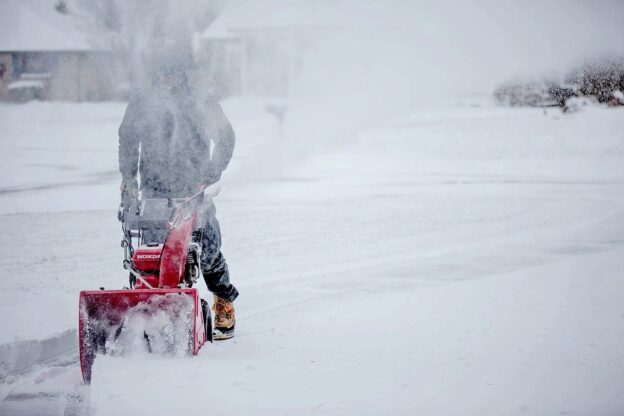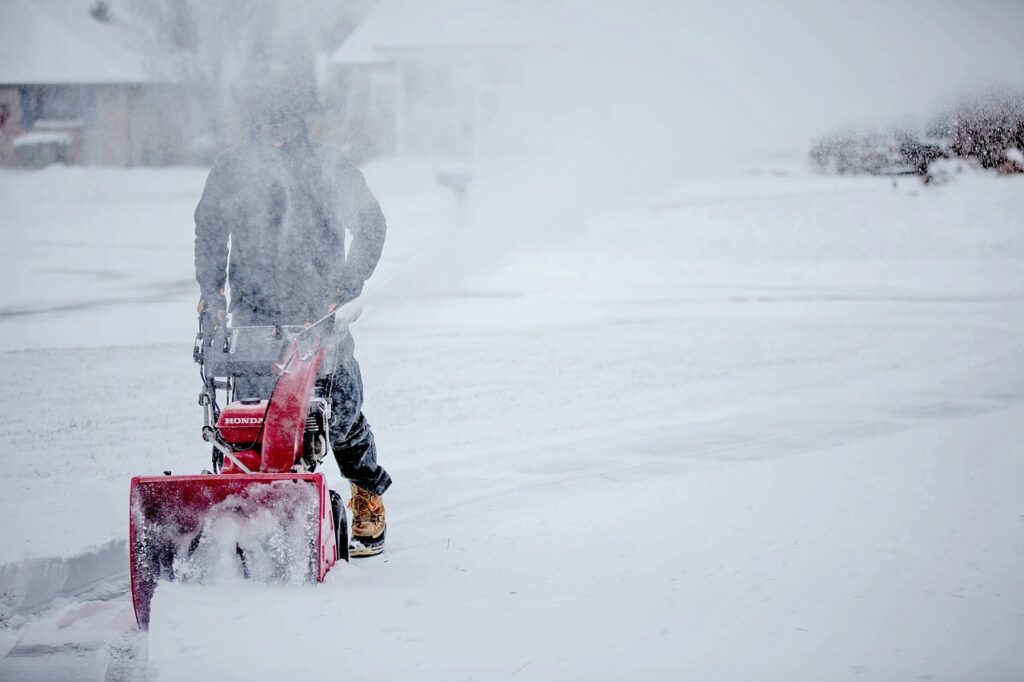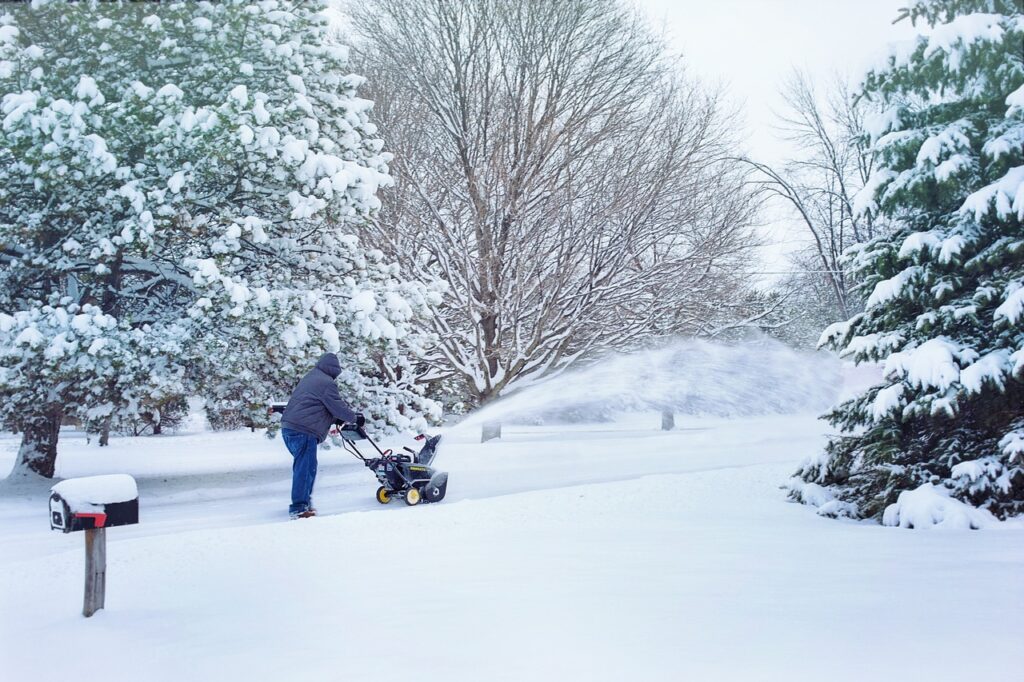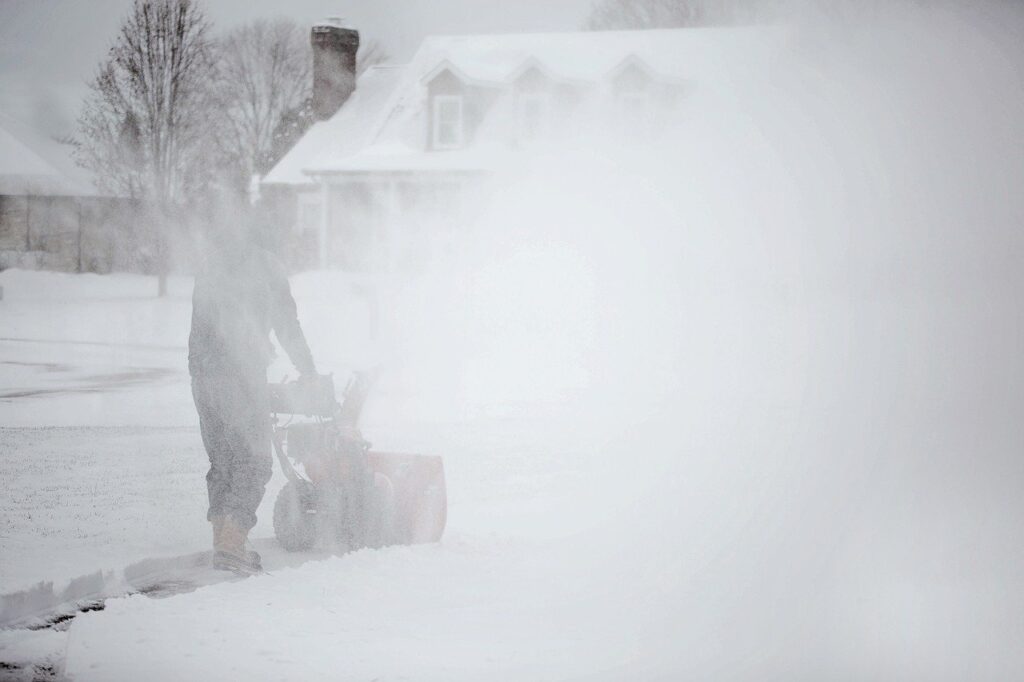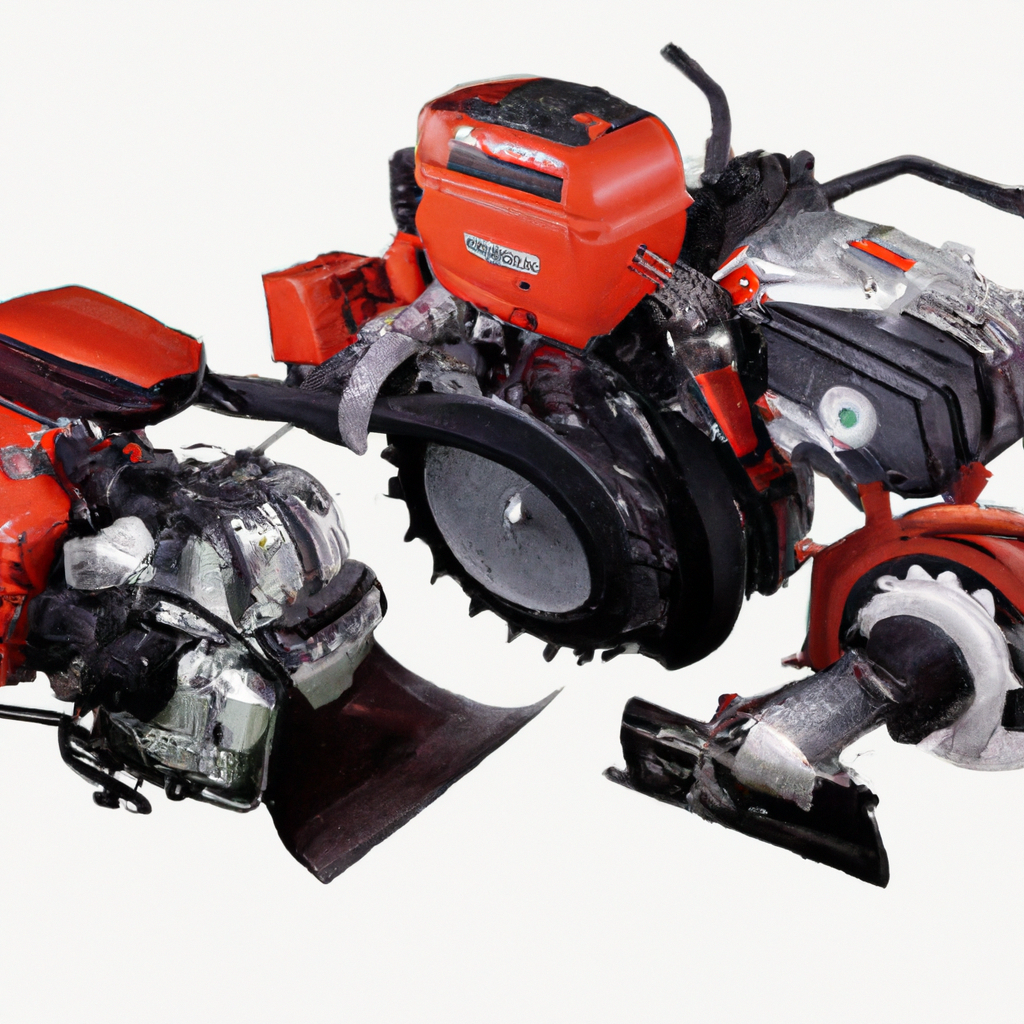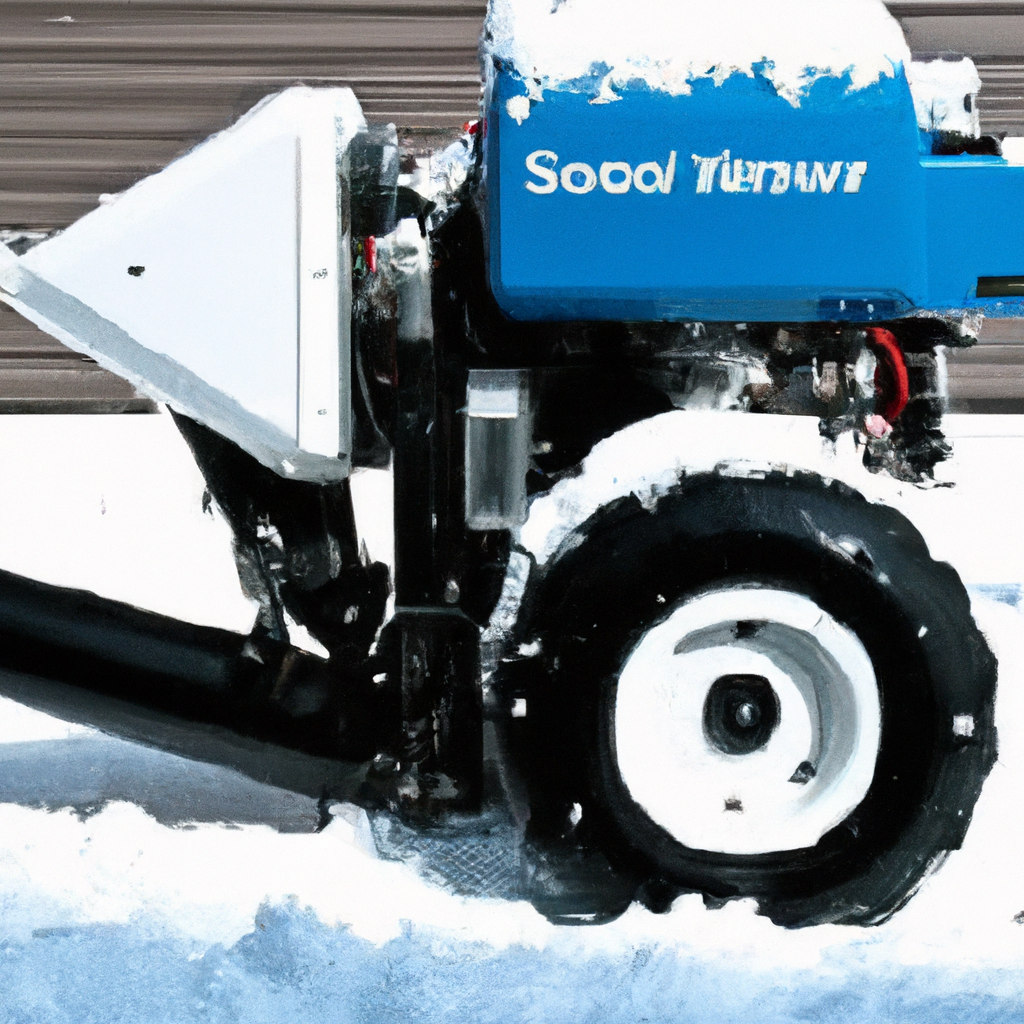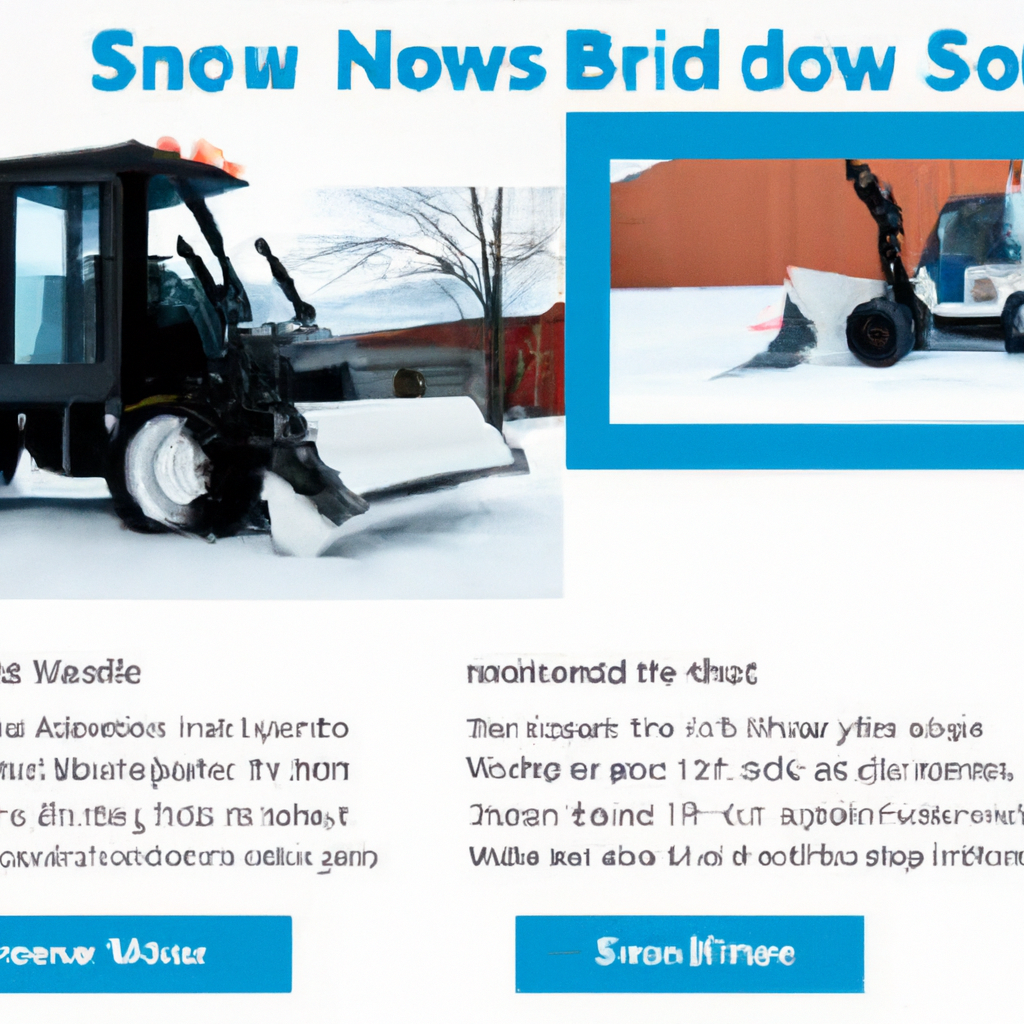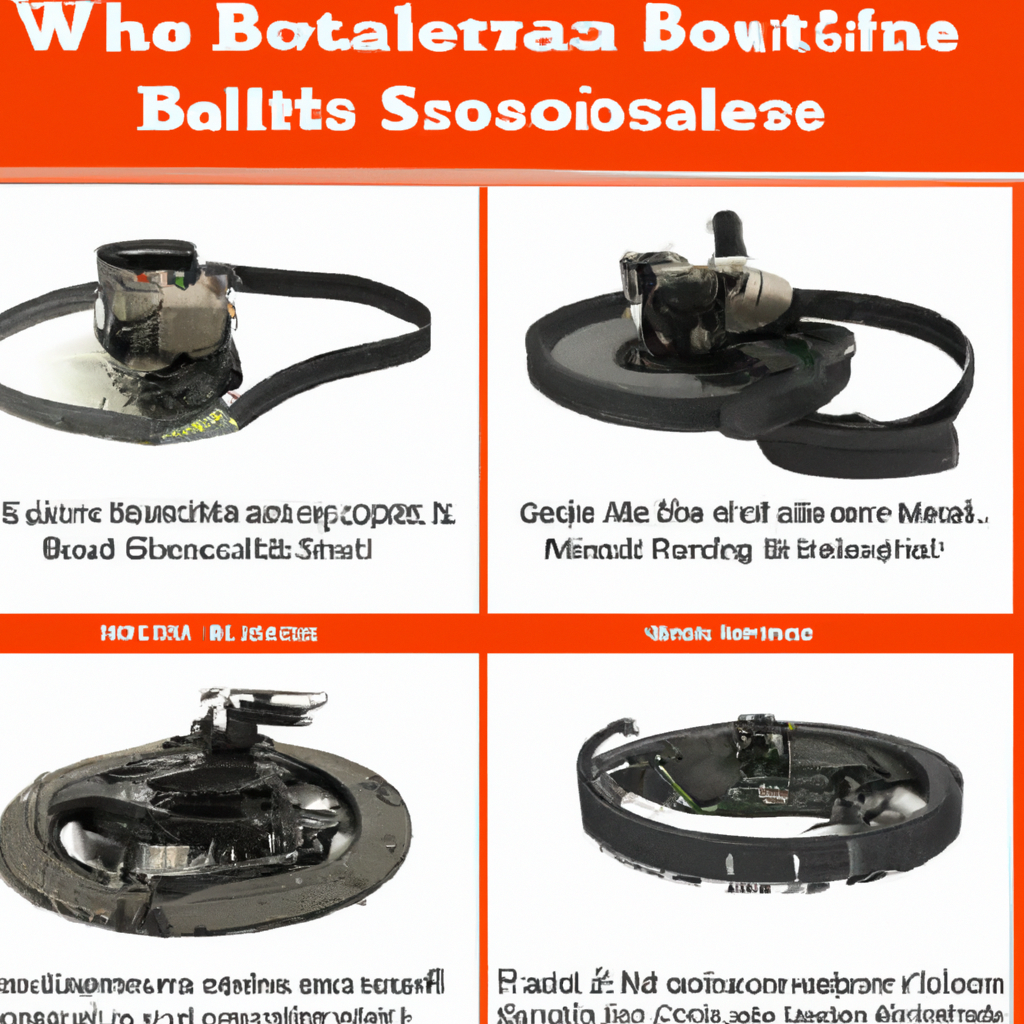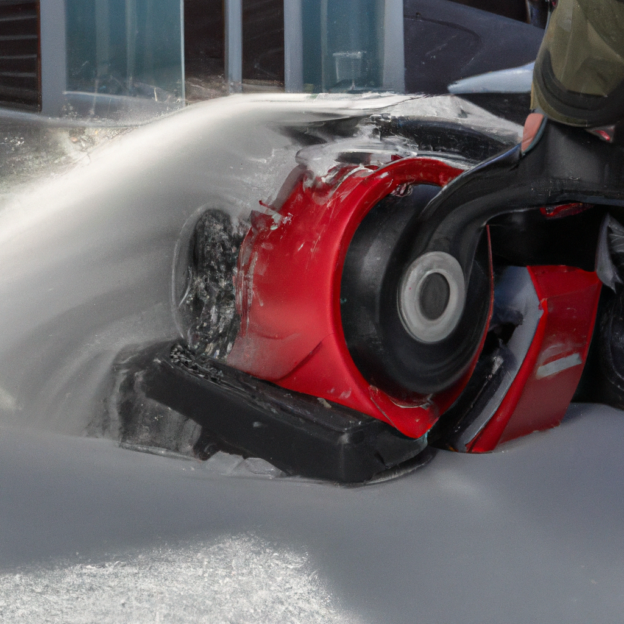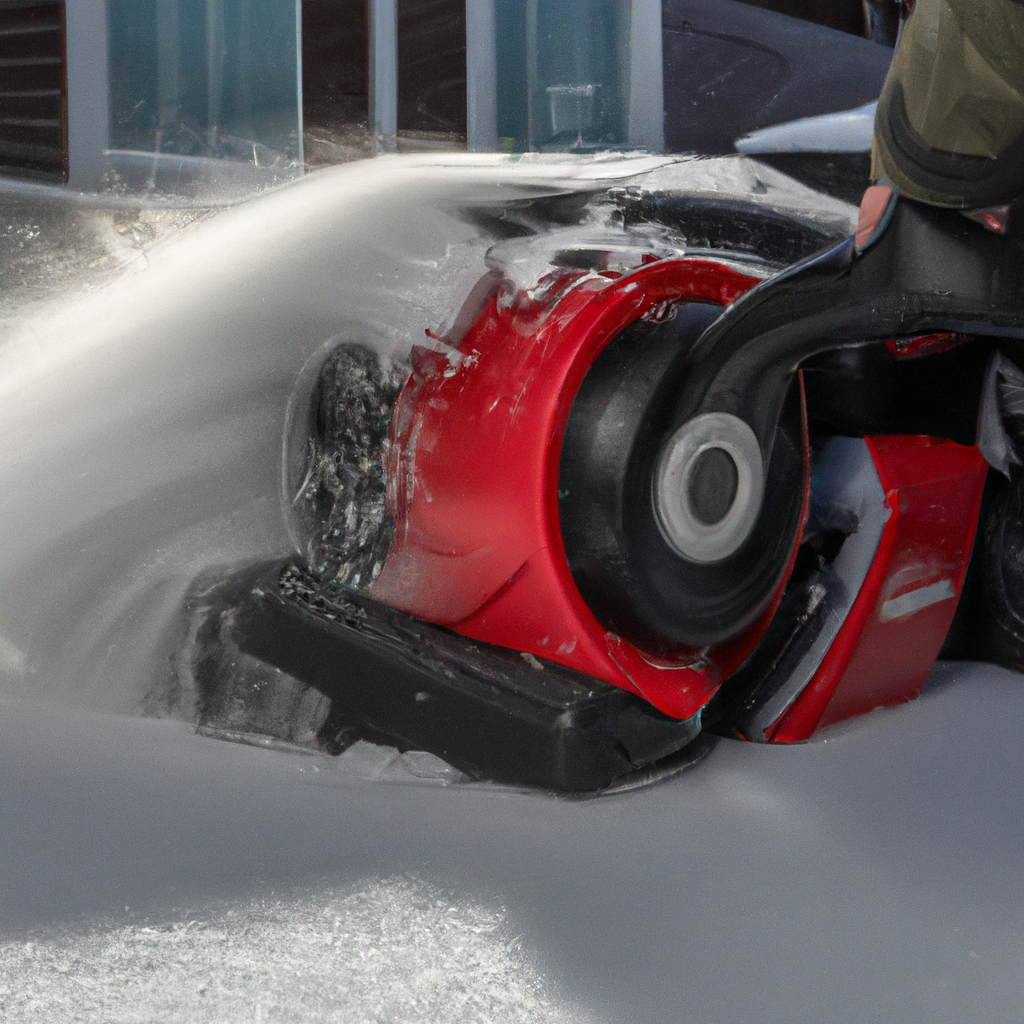So, you’re standing in front of a pile of snow, staring at it with a mixture of awe and annoyance. The thought of shoveling it all by hand seems daunting, so you’ve decided that a snowblower is your best bet. But now you’re faced with another decision – do you go for a push snowblower or a self-propelled one? It’s a question that many snow-covered souls have pondered, and in this article, we’ll explore the factors to consider when making this snowy dilemma.
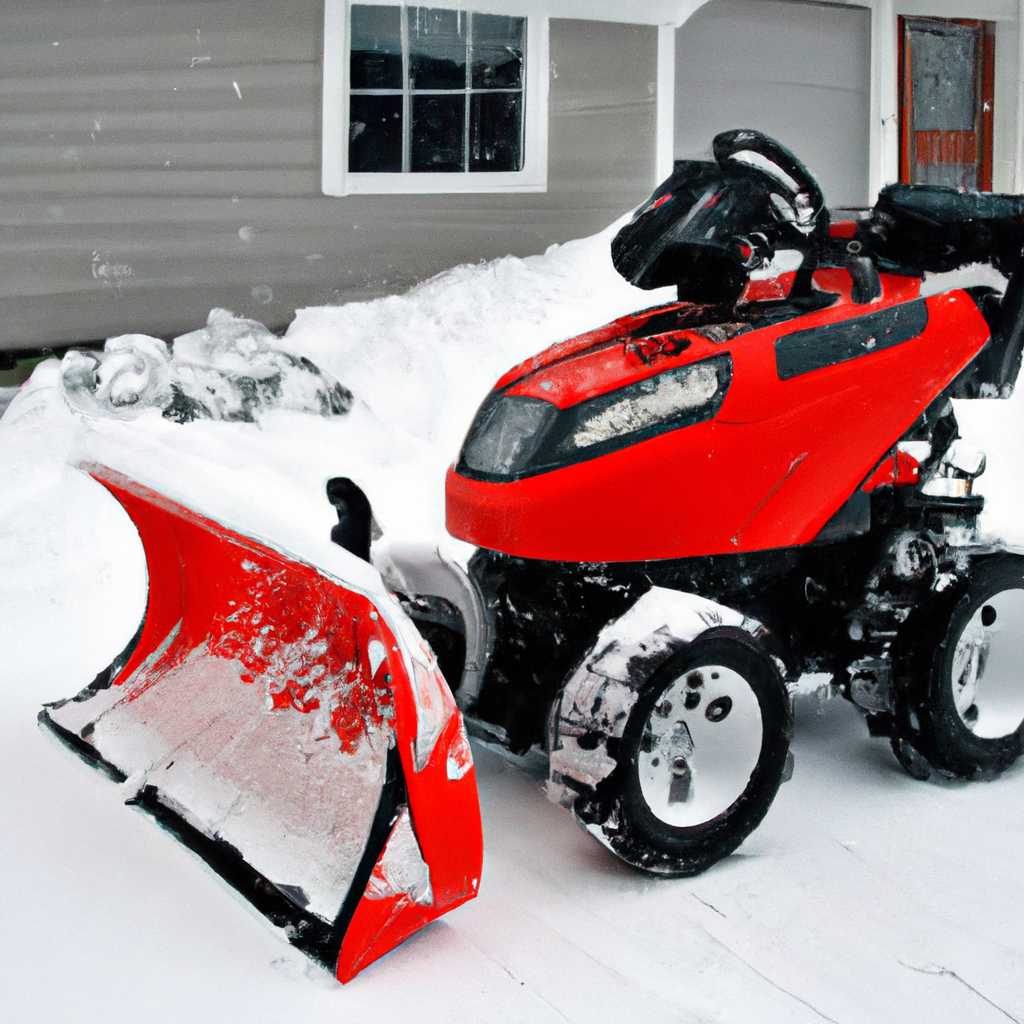
1. Cost
1.1 Initial Cost
When considering whether to purchase a push or a self-propelled snowblower, one important factor to take into account is the initial cost. Push snowblowers tend to be more affordable than self-propelled ones, but this is not always the case. The price of a snowblower varies depending on the brand, features, and size. Before making a decision, it’s essential to set a budget and evaluate the options available within that range.
1.2 Maintenance Cost
In addition to the initial cost, it’s crucial to consider the maintenance expenses of a snowblower. Both push and self-propelled snowblowers require regular maintenance to ensure optimal performance and longevity. While push snowblowers tend to have simpler mechanisms and may require fewer repairs, self-propelled models may have additional components that could need maintenance or replacement. It’s important to think about long-term costs and factor in maintenance when making a decision.
2. Size of the Area
The size of the area you need to clear of snow is another significant factor to consider when choosing between a push and a self-propelled snowblower. If you have a smaller area, such as a small driveway or walkway, a push snowblower could be sufficient. Pushing the machine manually can provide you with enough maneuverability and control in tight spaces.
However, if you have a larger area, such as a long driveway or a wide sidewalk, a self-propelled snowblower may be a better choice. The self-propulsion feature allows the machine to move forward on its own, reducing the physical effort required. This can be especially beneficial if you have difficulty pushing heavy machinery or if you need to clear a significant amount of snow in a short amount of time.
3. User Physical Condition
Consider your own physical condition when deciding between a push and a self-propelled snowblower. Push snowblowers require you to exert physical effort to move and operate the machine. If you have physical limitations or health concerns that make it challenging to push heavy equipment, a self-propelled snowblower might be a more suitable option. The self-propulsion feature takes some of the physical strain off the user, making it easier to clear snow without overexertion.
On the other hand, if you are physically fit and capable of pushing and maneuvering a snowblower, a push model could be a cost-effective and efficient choice. Ultimately, it’s essential to consider your own physical abilities and choose a snowblower that accommodates your needs.

4. Snow Conditions and Depth
The type of snow conditions you encounter and the depth of snow you typically need to clear are important factors to consider when deciding between a push and a self-propelled snowblower. Push snowblowers are generally suitable for light to moderate snowfall and smaller accumulations. They are designed to handle regular snow conditions without difficulty.
However, if you frequently experience heavy snowfall or if you need to clear deep snow on a regular basis, a self-propelled snowblower might be a better choice. Self-propelled models usually have more powerful engines and larger augers, allowing them to handle deeper snow with ease. They can save you time and effort when dealing with challenging winter weather conditions.
5. Maneuverability
Maneuverability is an essential aspect to consider when choosing between a push and a self-propelled snowblower. Push snowblowers are generally more maneuverable than self-propelled ones. Their lightweight design and lack of motorized movement allow for greater control and flexibility when navigating around obstacles or tight spaces.
Self-propelled snowblowers, while offering convenience in terms of moving the machine forward, may have limitations in maneuverability. The added weight, coupled with the motorized movement, can make it slightly more challenging to navigate around obstacles or make precise turns. If you have many obstacles or tight spaces in the area you need to clear, a push snowblower might be the better choice for maneuverability.
6. Noise Level
The noise level produced by a snowblower is also a factor to consider, especially if you live in a residential area or have noise restrictions. Push snowblowers tend to be quieter than self-propelled models. Since push snowblowers run solely on mechanical power without an engine, they generate less noise during operation. This can be beneficial if you prefer a quieter snow removal experience or want to avoid disturbing your neighbors.
In contrast, self-propelled snowblowers typically have engines that run on gas or electricity, which contribute to a higher noise level during operation. If noise is a concern for you, it may be worth considering a push snowblower or opting for a self-propelled model with noise reduction features.
7. Effort Required
The amount of effort you are willing or able to exert during snow removal is an important consideration. If you prefer a more hands-on approach and don’t mind putting physical effort into clearing snow, a push snowblower can provide you with the desired level of engagement. Pushing the machine manually allows you to have more control over the speed and direction of snow removal.
On the other hand, if you prefer minimal physical exertion or have physical limitations, a self-propelled snowblower can significantly reduce the effort required. With a self-propelled model, you can simply guide the machine while it does the work of moving forward. This can be advantageous if you have a large area to clear or if you find it challenging to push heavy equipment for extended periods.
8. Accessibility and Storage
Consider the accessibility and storage options available to you when deciding between a push and a self-propelled snowblower. Push snowblowers are generally more compact and lightweight, making them easier to maneuver and store in smaller spaces. If you have limited storage space or need to transport the snowblower frequently, a push model might be a more practical choice.
On the other hand, self-propelled snowblowers tend to be larger and heavier due to their additional components. While they provide convenience and power, they may require more space for storage and maneuvering. If you have ample storage space and don’t need to transport the snowblower frequently, a self-propelled model could be a suitable option.
9. Additional Features
9.1 Electric Start
Some snowblowers, both push and self-propelled, come with the option of an electric start. This feature eliminates the need to manually pull a recoil cord to ignite the engine. Instead, you can start the snowblower easily with the push of a button. If convenience and ease of use are important to you, a snowblower with an electric start feature may be worth considering.
9.2 Chute Control
Chute control is another useful feature to consider when choosing a snowblower. It allows you to adjust the direction in which the snow is thrown. Many snowblowers, especially self-propelled models, have chute control mechanisms that allow for easy adjustment without interrupting the operation. This can be beneficial when clearing snow around parked cars, sidewalks, or other areas where precise control is necessary.
9.3 Clearing Width
The clearing width refers to the width of the snowblower’s auger or cutting path. A wider clearing width means you can clear a larger area in less time. Push snowblowers typically have narrower clearing widths, which can be more suitable for smaller areas or tight spaces. Self-propelled snowblowers often offer wider clearing widths, providing greater efficiency for larger areas or heavy snowfall.
10. Personal Preference
Ultimately, your personal preference plays a significant role in deciding between a push and a self-propelled snowblower. Consider your own preferences, needs, and priorities when making the final decision. Think about which features are most important to you and which factors hold the most weight in your specific circumstances. By evaluating all aspects thoroughly, you can choose the snowblower that will best meet your needs and make your snow removal experience more efficient and enjoyable.




